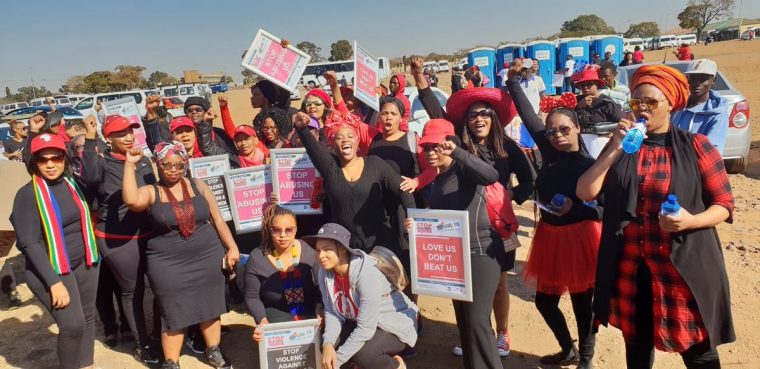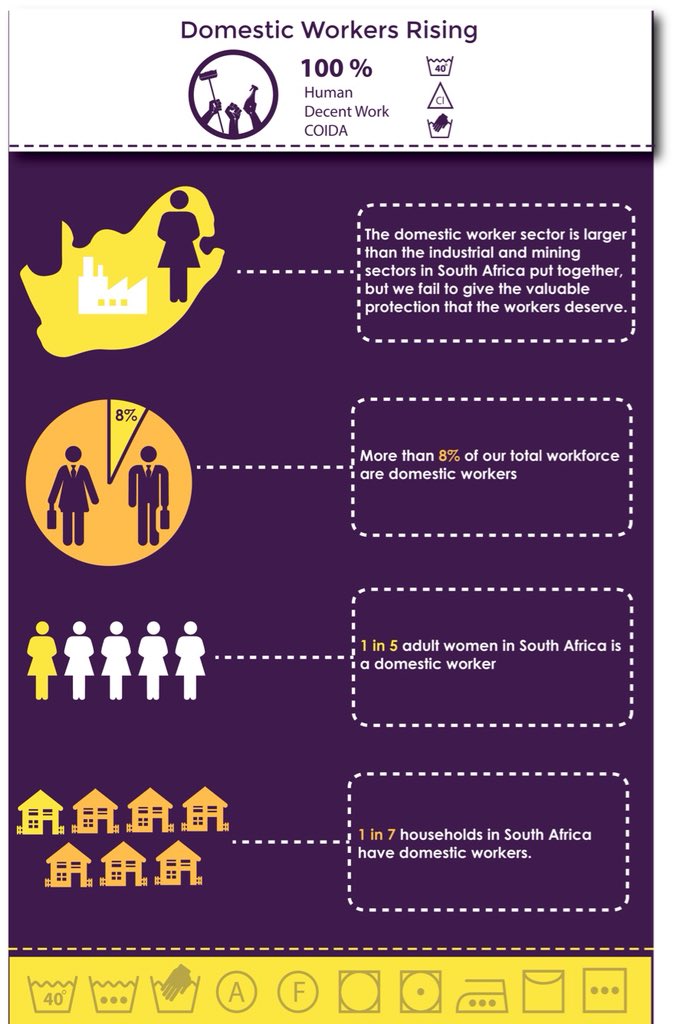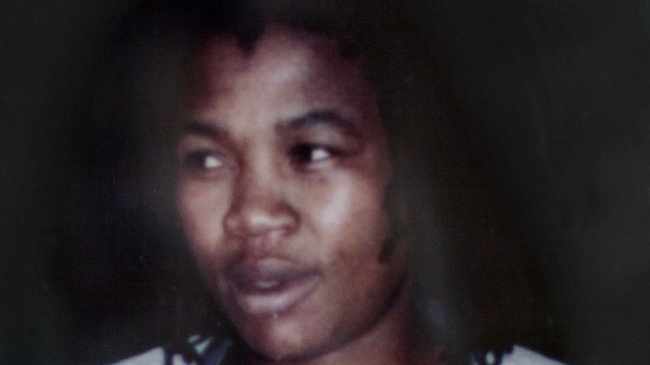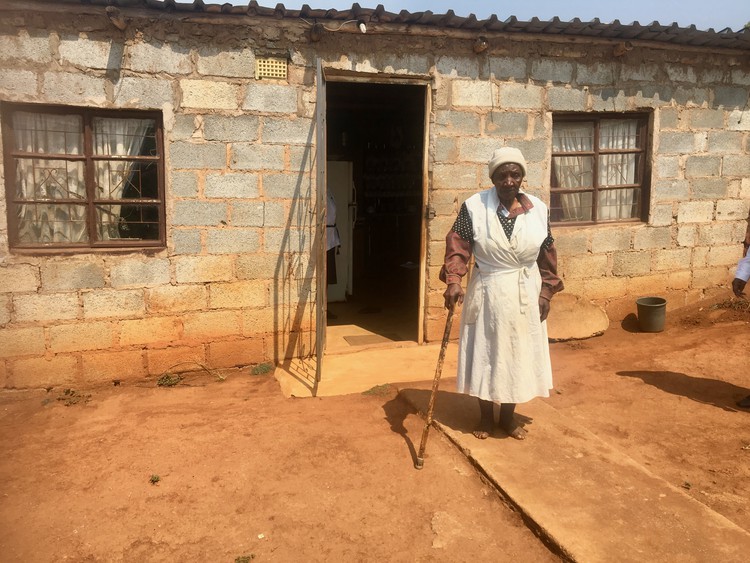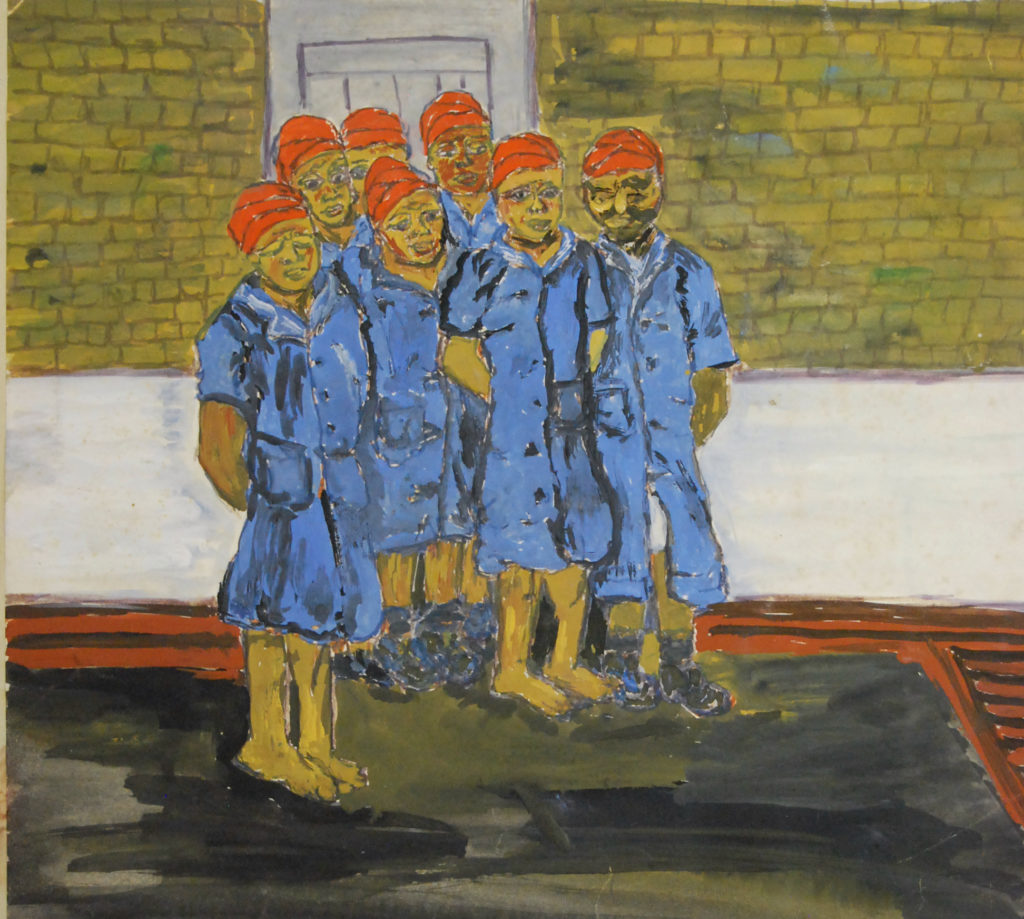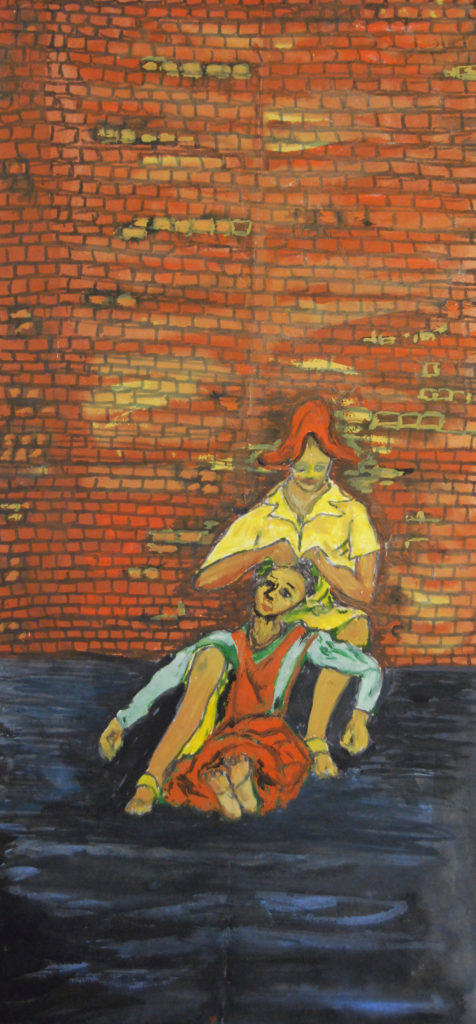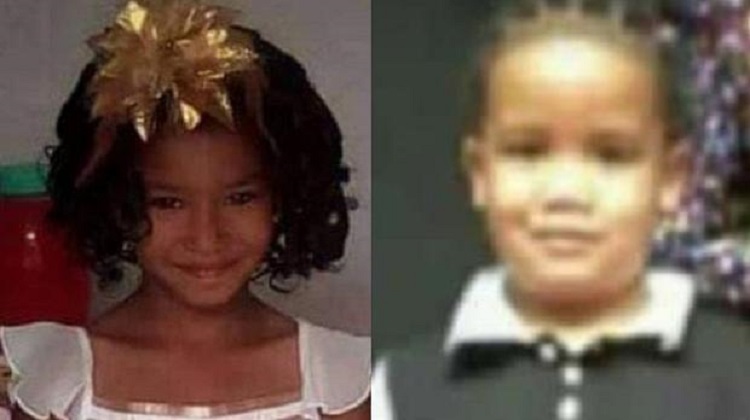
What are you worth (children of Valhalla Park)
Valhalla – the palace of immortality
in Scandinavian mythology –
where rests souls of heroes slain
and there are statues and the like
to the memory of illustrious individuals
What are you worth
children of Valhalla Park
(might some even say
children of a lesser)
I know folks out there
a computer literate mother
of many offspring who
I’ve not seen for a while
(how might they be
are they on the straight
and the narrow path
are they safe there)
What are you worth
children of Valhalla Park
and the immediate surrounds
of your fertile growing minds
Are you worth more
or less than the biologically
blue-eyed and blonde souls
wherever they find themselves
Are you worth more
than your counterparts
in the Palestines Yemens Syrias
of our globalized earth-ghetto
(what of the girl-child
forever at the bottom
of the feeding queue
voting fodder cannon fodder
for politicians and spokesmen)
What are you worth
children of Valhalla Park
What are you worth children
anywhere and everywhere
Penned after a social media condemnation of the recent slaying of children in the area.
(Photo Credit: Voice of the Cape)
